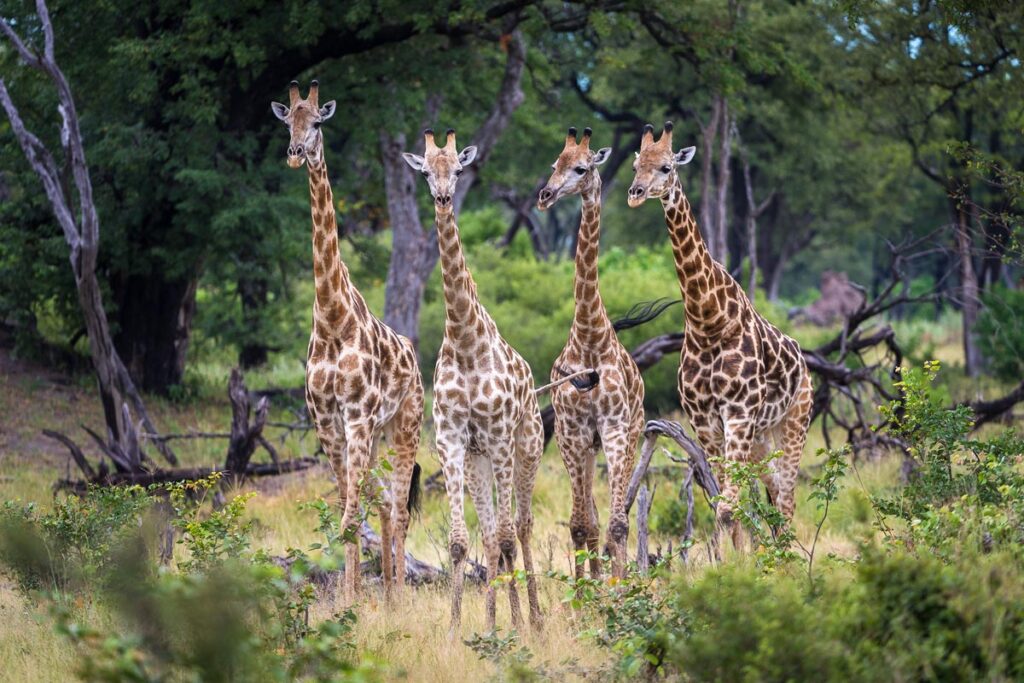
Africa remains the only continent where giraffes live in the wild, symbolizing the beauty and biodiversity of the savanna landscapes they inhabit. Known for their towering necks and elegant movements, giraffes are most commonly found in the savannas and woodlands of East and Southern Africa, where they play a crucial role in the ecosystem.
These gentle giants, reaching heights of up to 18 feet, are not only remarkable for their size but also for their unique contributions to the environment. As natural “pruners” of the savanna, giraffes feed on the tops of acacia trees and other high-growing vegetation, which helps maintain the balance of plant life and ensures that sunlight reaches smaller plants on the ground. Their presence supports a diverse range of species, including birds and small mammals that rely on the well-balanced habitat created by giraffes’ grazing habits.
However, despite their iconic status, giraffe populations face significant threats due to habitat loss, climate change, and poaching. According to the International Union for Conservation of Nature (IUCN), giraffe populations have declined by nearly 40% in the past 30 years, leading to their classification as vulnerable. Conservationists are working to reverse this trend, focusing on habitat preservation, anti-poaching initiatives, and community engagement to protect these extraordinary creatures.
Organizations such as the Giraffe Conservation Foundation (GCF) and African Wildlife Foundation (AWF) are on the frontline of these efforts, establishing protected areas and collaborating with local communities to promote sustainable tourism. In Kenya’s Maasai Mara and Tanzania’s Serengeti, giraffes are a major draw for wildlife enthusiasts, bringing attention to the need for their conservation.
The giraffe’s status as an African icon is not only a source of pride but also a call to action. Protecting these remarkable animals ensures that future generations can experience the beauty of African wildlife. Efforts to secure their survival will support Africa’s rich biodiversity and maintain its position as a sanctuary for some of the world’s most extraordinary species.




